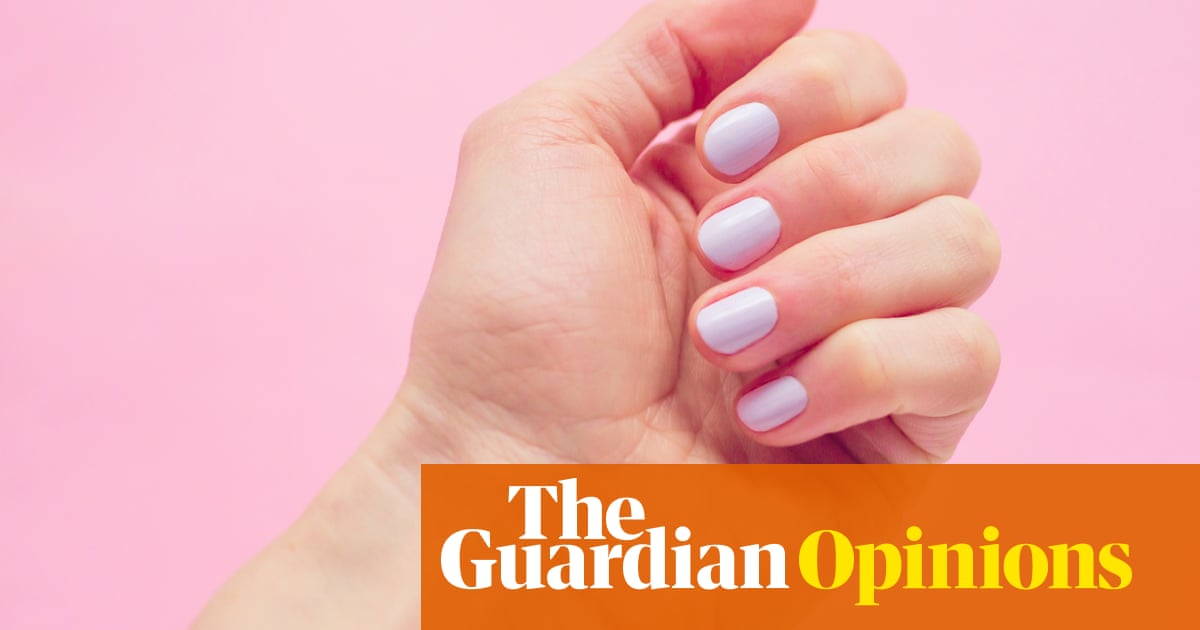Is there going to be a recession this year? Economists have been umm-ing and ahh-ing and crunching thenumbers, but the answer could be at the tip of your fingers. According to various expert sources (influencers on TikTok), a wobbly economy means people are ditching elaborate and expensive manicures for more understated styles. Cue numerousheadlinesabout “recession nails”.
When I first saw these headlines, I felt pretty smug. An inadvertent trendsetter, I have been rocking recession nails for the past decade now. Except I have been calling them “freelancelesbian nails”. Or, alternatively, “harried parent nails”. Then I read past the headlines and was no longer quite so smug. Turns out that the trend doesn’t mean frantically cutting your nails with a cheap clipper while yelling “BE THERE IN A MINUTE!” to your four-year-old who has discovered that there is leftover cake in the freezer. It means, from what I can gather, a neutral pink shade on manicured squoval (square-oval) nails thataren’t super-longbut are still very polished.
Can nail trends really serve as an economic indicator? Possibly. After all, we all know about the “lipstick effect”: the idea that people will splurge on affordable luxuries when times get tough. There’s also the “men’s underwear index”, espoused by economists such as the former Federal Reserve chief Alan Greenspan. This is the idea that you can tell a recession is real when men forgo new undies. Divorce rates and hemline lengths have also been previously cited asrecession indicators.
Still, while certain pockets of discretionary spending may provide insights into the economy, some experts think we shouldn’t get too carried away by recession nails. The economist Christopher Clarke recentlytold the HuffPo: “Things go in and out of style, and that has nothing to do with the economy, it just has to do with the seasonality of human preferences.” Clarke added that key recession indicators are not manicures, but a rise in the overall unemployment rate and investments going down.
OK, Clarke, thank you for your input, but all that sounds a little bit too much like common sense to me. You can’t go viral on the internet by saying: “Look at unemployment charts and job-finding rates to figure out if we’re in a downturn,” can you? Not in this economy.
Arwa Mahdawi is a Guardian columnist
